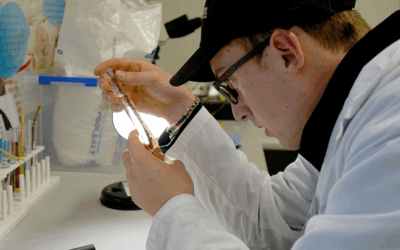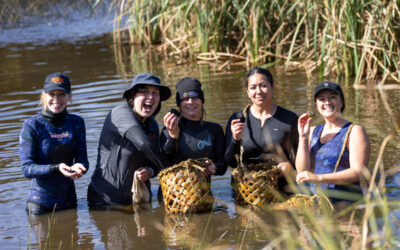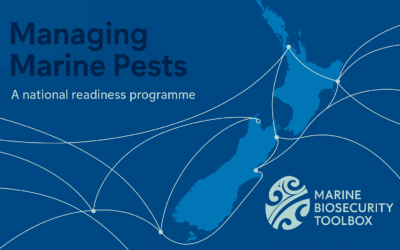Emerging organic contaminants
Emerging organic contaminants (EOCs) are natural or manufactured chemicals, some of which are commonly found in household and personal care products, pharmaceuticals and agrichemicals. The use and discharge of EOCs are poorly understood and largely unmonitored in Aotearoa New Zealand but they can pose a risk to our biodiversity, land-based food production and processing, and our fishing and aquaculture industries. There is increasing concern about the potential of EOCs to threaten the health and well-being of our people and unique ecosystems.
Despite increasing amounts of EOCs being released into the environment, there is limited information on their risks, mainly because their impacts are associated with long-term exposure, rather than immediate acute effects. However, in recent years regulators, the food industry, Māori and the wider community have become increasingly concerned about the risk EOCs can pose to human and ecosystem health.
This project was developed to assist Aotearoa-NZ with the overarching vision: Whakahaumarutia to tātou taiao i te aranga ake o ngā tāwahawaha kikino – A healthy Aotearoa New Zealand safeguarded against emerging contaminants
The aims of the research are to identify EOCs that pose highest risks to New Zealand’s ecosystems, their potential to accumulate in food, and their role in the development of antimicrobial resistance.
The multi-disciplinary team of toxicologists, chemists, microbiologists, social scientists are working in partnership with iwi, the wider community, environmental managers and policy makers to develop solutions. A National Advisory Panel oversees the progress of the research and ensure that it remains focussed on key concerns. A National Strategy to manage EOCs was developed to minimise the risks of EOCs in New Zealand to safeguard our people from their harmful impacts and ensure that our food export products continue to meet trade requirements.
Funder: The Ministry of Business, Innovation and Employment.
Partners: Northcott Consultants Limited, Streamlined Environmental Limited, ESR, Landcare Research, University of Auckland, University of Canterbury, Griffith University, Ta Ao Marama (Southland), Environment Southland, Te Kawerau a Maki, Ecomatters, Auckland Council.
National Advisory Panel: Jacqui Horswell (MPI, Chair), Tim Harwood (Cawthron; NZ Food Safety Science and Research Centre), Graham Sevicke-Jones (Landcare Research), Elaine Moriarty (Environment Southland), Lesley Bolton-Ritchie (ECan), Rebecca Morris (Greater Wellington Regional Council), Matthew Taylor (Waikato Regional Council), Megan Carbines (Auckland Council), James Mitchell (MfE), Matthew Allen (EPA), Dave West (DOC), Jeane Nicolas (MPI), Gerry Te Kapa Coates (Whai Wānaka Limited), Hardeep Kang (Sanford).
Contact Louis Tremblay.
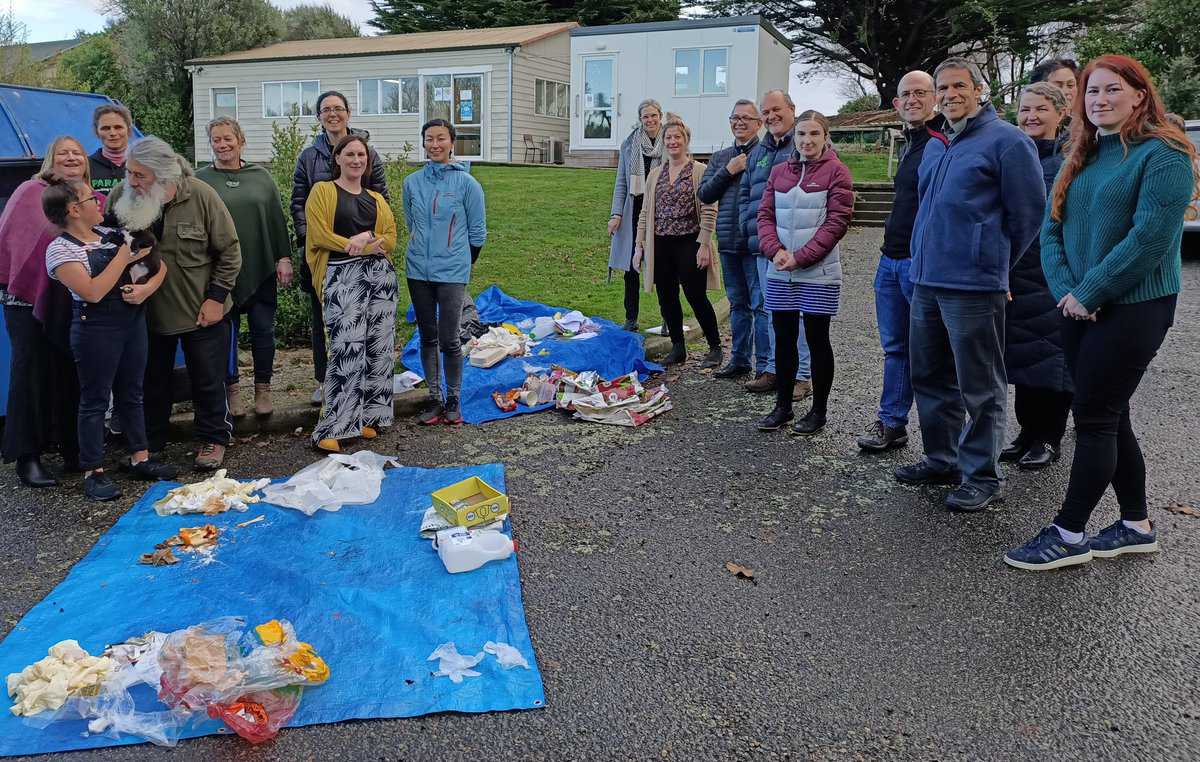
Image: Jacqui Forbes (Para Kore). A ‘Waste Hui’ with the Murihiku community near Invercargill in 2021.
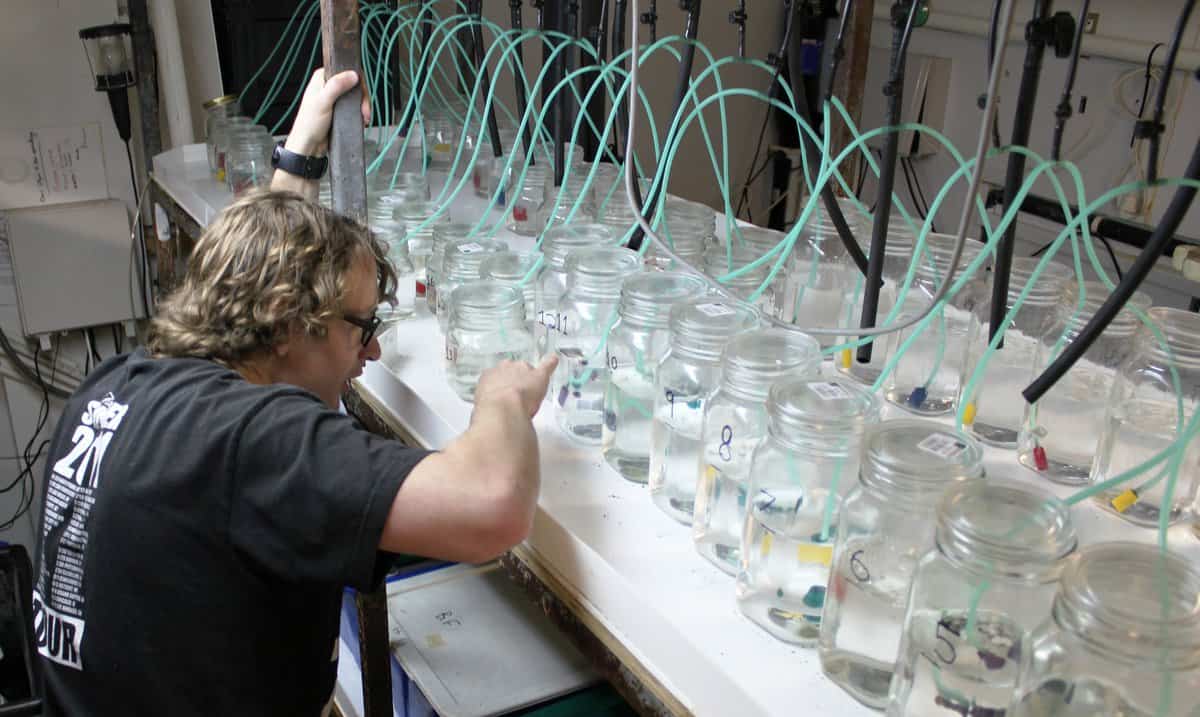
Image: Cawthron Institute. Cawthron Institute scientist Joel Bowater conducts an experiment.
Louis Tremblay
Environmental toxicologist

Other Ocean Health projects
Cawthron delivers hands-on biology workshops for students
A series of two-day Year 13 Mussel Biology workshops were recently held thanks to a collaborative effort between several organisations in Whakatū Nelson: Cawthron Institute, the University of Otago NZ Marine Studies Centre (NZMSC) (NMIT Te Pūkenga, MacLab, Moana New Zealand and SpatNZ.
New research urges policy reset for translocation of native freshwater species in Aotearoa
A landmark study just published in the New Zealand Journal of Ecology calls for a wholesale rethink of how Aotearoa New Zealand authorises, manages, and monitors how people move native freshwater fish and invertebrates using translocation.
Managing Marine Pests Aotearoa
Managing Marine Pests Aotearoa is a transformative new research programme to tackle marine invasive species, building on the success of the Cawthron-led Marine Biosecurity Toolbox Research Programme. Where the Toolbox focused on prevention and early detection, MMPA takes the next critical step: equipping Aotearoa with the strategies, technologies and decision-making tools to actively manage and control marine pests once they’ve arrived.
